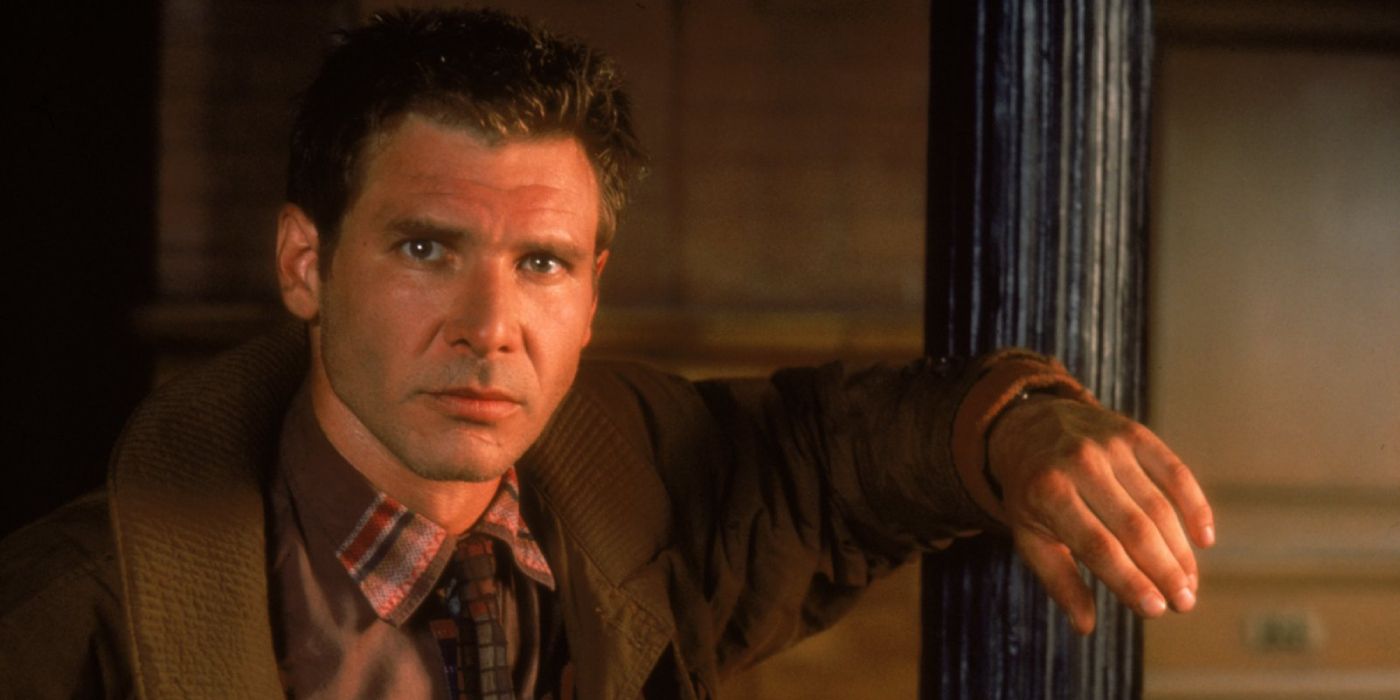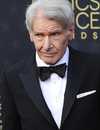Blade Runner lives on as quite the daunting science-fiction film, especially for those who have yet to see Ridley Scott’s masterpiece 43 years after its initial release. An adaptation of Philip K. Dick’s 1968 novel Do Androids Dream of Electric Sheep?, the movie follows Rick Deckard (Harrison Ford) and his begrudging attempts to hunt down a fugitive human replicant, Roy Batty (Rutger Hauer). Set in 2019 against the backdrop of a dystopian Los Angeles, it is one of those films that is impossible to forget, and simultaneously impossible to ignore. When the film was first released in 1982, the masses couldn’t reach a consensus on Blade Runner: the epic sci-fi barely broke even at the box office and faced a mountain of mixed reviews.
Despite its rough start in theaters, however, Blade Runner ultimately became a cult classic and later expanded into a full-fledged franchise. Ford reprised his role as Deckard in Dennis Villeneuve’s sequel, Blade Runner: 2049 (2017); the franchise also includes short films, comic books, video games, and an animated television show. Before Ford was cast as Deckard, the Hollywood icon had already launched to superstardom as Han Solo in the Star Wars franchise and as Indiana Jones in the Indiana Jones franchise. In the decades that have followed since his portrayal of the retired officer, Ford has repeatedly commented on Deckard’s characterization and the different cuts of Blade Runner.
Why Are There So Many Versions of Blade Runner?
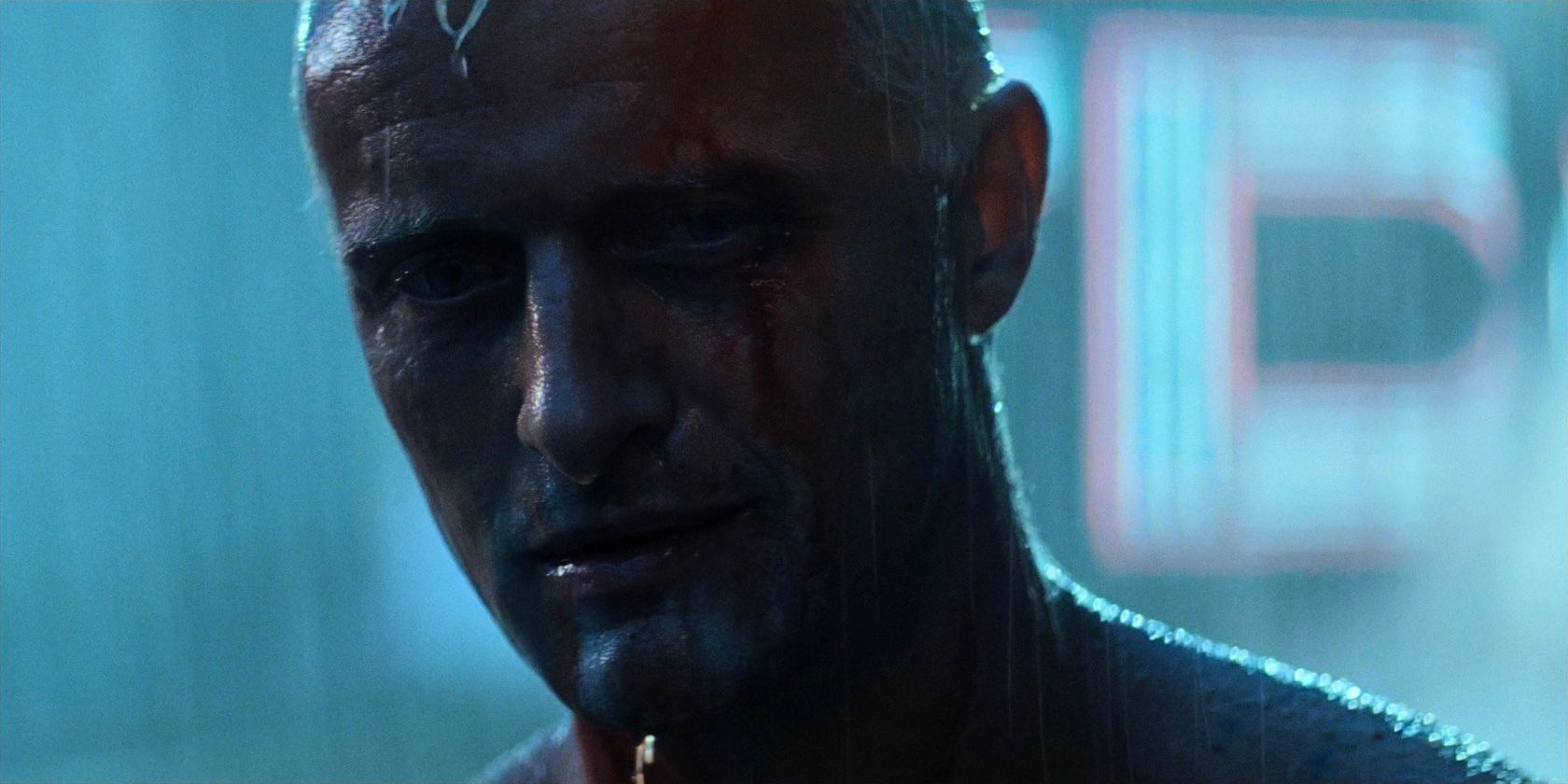
Image via Warner Bros.
No film out there has been reworked as much as Scott’s sci-fi film. Seven official versions of Blade Runner have been released since 1982. However, the acclaimed director also supposedly showed a four-hour eighth version to executives before the sci-fi film was released in theaters. Some changes are relatively minor to the overall story, while others have a major impact. One of the biggest revisions made to Blade Runner concerns Deckard’s voiceover narrations, while another major change involves the addition of a dream sequence, in which Deckard sees a unicorn. Minor changes peppered throughout the seven versions, on the other hand, focus more on the inclusion (or exclusion) of violence, the addition of scenes, and slightly revised lines of dialogue.
Multiple versions of Blade Runner ultimately exist because of creative differences between Scott and the studio. While renowned for his unique directorial style and avant-garde artistic visions, Scott hasn’t been the easiest director to work with throughout the years. In fact, Scott was fired from Blade Runner after filming ended because of conflicts between him and the film’s investors, although Scott was later brought back to help with post-production. Although Scott approved the 1992 re-release, titled The Director’s Cut, the studio still retained ultimate control over the work. The only version of Blade Runner that Scott was given complete creative control over was the last re-release, in 2007, The Final Cut, which was given a limited theatrical release.
Harrison Ford’s Major Role in Blade Runner
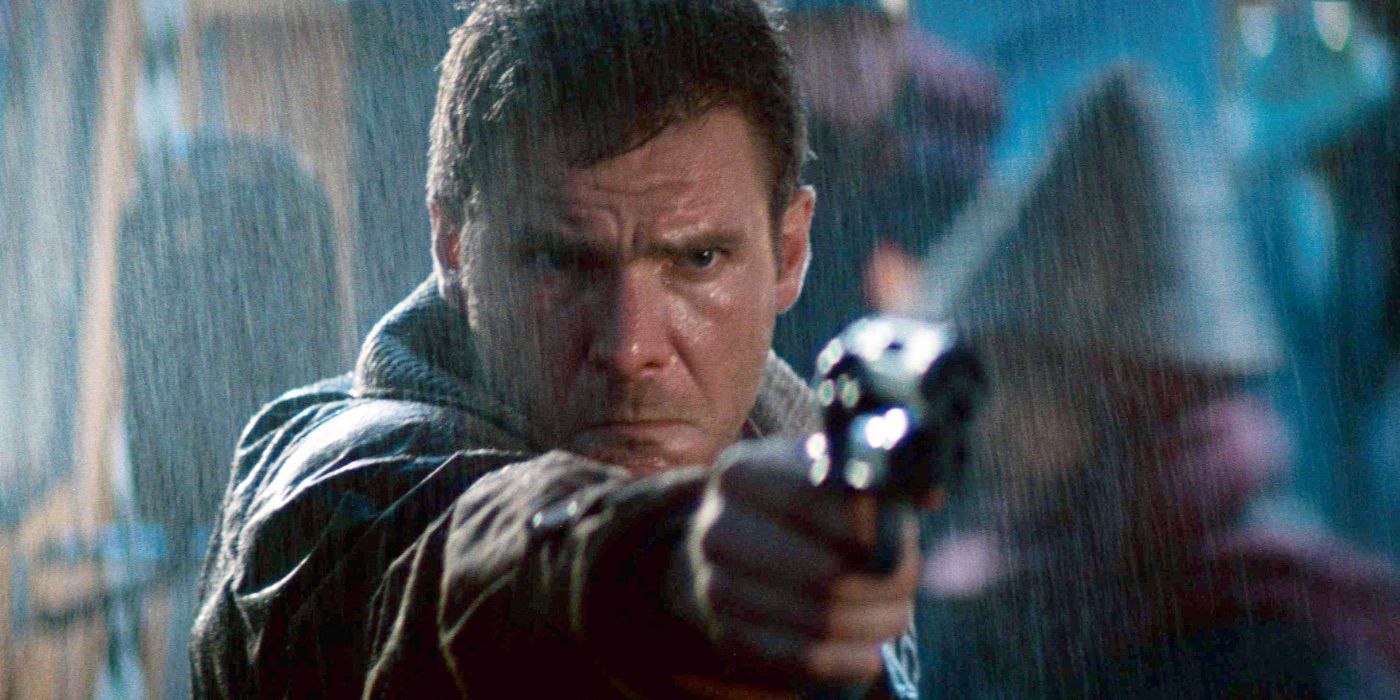
Image via Warner Bros.
Blade Runner has a lot going on throughout its 117-minute runtime, but most of Scott’s film is dominated by Ford’s portrayal of Deckard, who is recruited at the start of the story despite being contentedly retired from the bounty-hunting industry. As the protagonist, Deckard undergoes quite a moral and ethical transformation throughout Blade Runner while trying to locate Batty, especially after his encounters with another replicant, Rachael (Sean Young). While Deckard is desperate to self-isolate and has a cynical view of the world, Ford’s character only grows more complex as the plot thickens due to his conflicting feelings and motivations. As the only actor to reprise his role in Blade Runner 2049, there’s no doubt that the original film owes much of its massive success to Ford.
As previously mentioned, however, Scott isn’t known for being the easiest director to work with. Throughout the production of Blade Runner, Ford and Scott frequently found themselves at odds, particularly over how each man thought Deckard should be portrayed. By the late 2000s, Scott and Ford expressed admiration and respect for one another, but throughout the late 1980s and 1990s, the pair accused one another of being difficult to get along with. Ford expressed his discontent with filming Blade Runner soon after the sci-fi masterpiece was released, and has stated more than once that the worst part, in his opinion, was Deckard’s voiceovers.
While the original scripts did not feature voice-overs from Deckard, the studio forced the film to include them before its theatrical release as a way to explain the complex story to its audience.
I was glad that the film was finally released without it, which I think encourages the audience to be present in the story. – Harrison Ford, July 2025
In an interview with Variety published on July 30, Ford reiterated that while filming Blade Runner ultimately paid off (although the actor called the experience “sort of miserable”), the theatrical cut that was released in 1982 was a poor version of Scott’s sci-fi masterpiece. When asked if he had a favorite edition of Blade Runner, Ford replied, “I like any cut without the voice-over.” According to Ford (in statements made to Variety as well as through the 1990s), the studio made Ford and Scott include Deckard’s voiceovers so that viewers could clearly understand the film, to their annoyance. In the end, Ford’s multiple takes of Deckard’s voiceovers didn’t satisfy the studio, but were included in the 1982 theatrical release anyway.
The Best Version of Blade Runner to Watch
Image via Warner Bros
Ford’s comments on Blade Runner don’t only make sense in the context of Scott’s adaptation, but are arguably correct. The best version of Blade Runner is The Final Cut (2007), which is currently available to purchase on Amazon Prime Video, Fandango at Home, YouTube, Google Play Movies, and AppleTV. The Final Cut is an overall restored and remastered version of the original Blade Runner, with two glaring differences: the film includes the full sequence of Deckard’s unicorn dream (an intriguing moment that implies that Deckard may be a replicant himself), and removes all of his voiceovers. The Final Cut took several years to distribute due to legal and financial issues; Scott started working on his total vision of Blade Runner in 2000.
The Final Cut is the best version of Blade Runner, and therefore the best version of Scott’s sci-fi masterpiece to watch, although the original 1982 theatrical release remains an iconic piece of film. While the studio had a good point about including voiceovers from Deckard to make the film more understandable to audiences, it’s true that Deckard’s voiceovers detract from the film and create more of a distraction than anything. With Scott’s story meant to be shown and not directly told, the voiceovers take away from the essential visual aspect of Blade Runner. In addition, knowing that The Final Cut is the only version in which Scott was given no hardships directly from the studio, it makes perfect sense that the 2007 version is the true edition of the film that wholly encapsulates Scott’s vision.
Blade Runner’s Impact on Cinema (& Pop Culture)
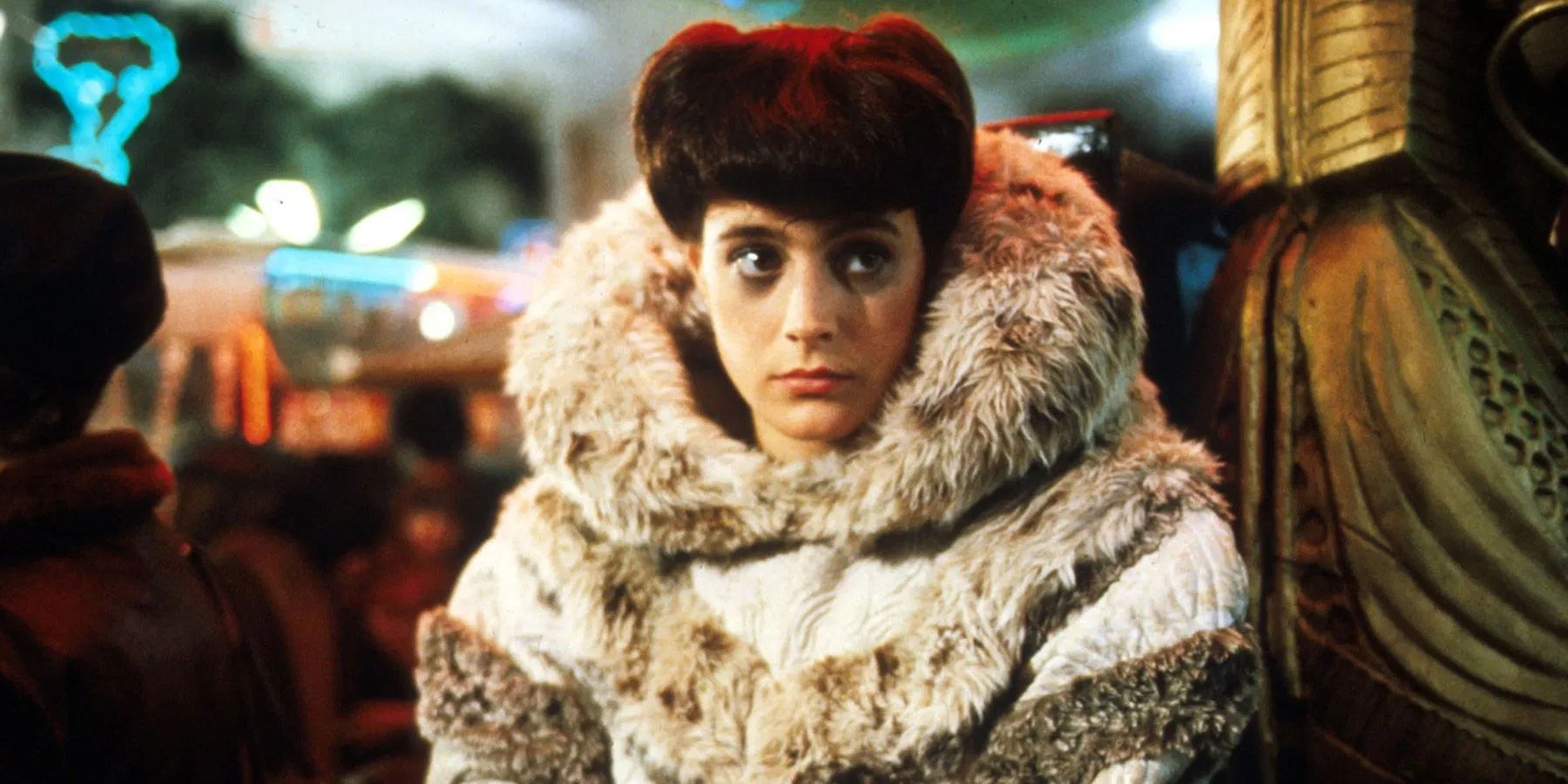
Image via Warner Bros.
Although the film wasn’t an initial slam dunk at the box office, Blade Runner is now routinely applauded as one of the best sci-fi movies of all time (similarly, Scott is widely regarded as one of the world’s best directors). Upon its release in 1982, Blade Runner has continuously made an enormous impact on the science-fiction genre. With moral and scientific themes interwoven, the invention of gadgets like Spinners, and its heavy focus on artifical intelligence, Dick’s novel, as well as Scott’s film adaptation, were incredibly ahead of the curve and groundbreaking in themes (in a similar manner, in a sense, as Stanley Kubrick’s 2001: A Space Odyssey).
From the visual effects to the film’s strong aesthetic, Blade Runner was an impressive feat of creativity, ingenuity, and ultimately, teamwork in the early 1980s. As soon as the film opens and the audience is introduced to the dystopian Los Angeles in which the film is set, the film’s fictionalized city is breathtakingly beautiful and as realistic-looking as one could ever hope. The musical score packs an emotional punch. The lighting perfectly sets the mood of each scene. No line of dialogue is used without a specific purpose, and with the actors nailing every single scene, Blade Runner is a wonderful and thought-provoking film from start to finish.
Like other top-tier sci-fi films of the 20th century, Blade Runner has influenced countless directors, projects, and even cultural moments over the past 43 years, especially when it comes to the cyberpunk and neo-noir genres. Villeneuve, Christopher Nolan, Rian Johnson, Guillermo del Toro, and Gareth Edwards are just a few directors who have publicly highlighted Blade Runner and Scott’s directorial style as major influences. Dozens of works have been inspired by Blade Runner; Many fans continue to cosplay the characters when opportunities arise, the film is frequently analyzed in college and university courses, and Scott’s masterpiece continues to top sci-fi lists by critics and film enthusiasts alike.
Scott has an extensive and impressive resume as the director of many acclaimed films, but when it comes to Blade Runner and The Final Cut version, the sci-fi epic will undoubtedly continue to stand the test of time.
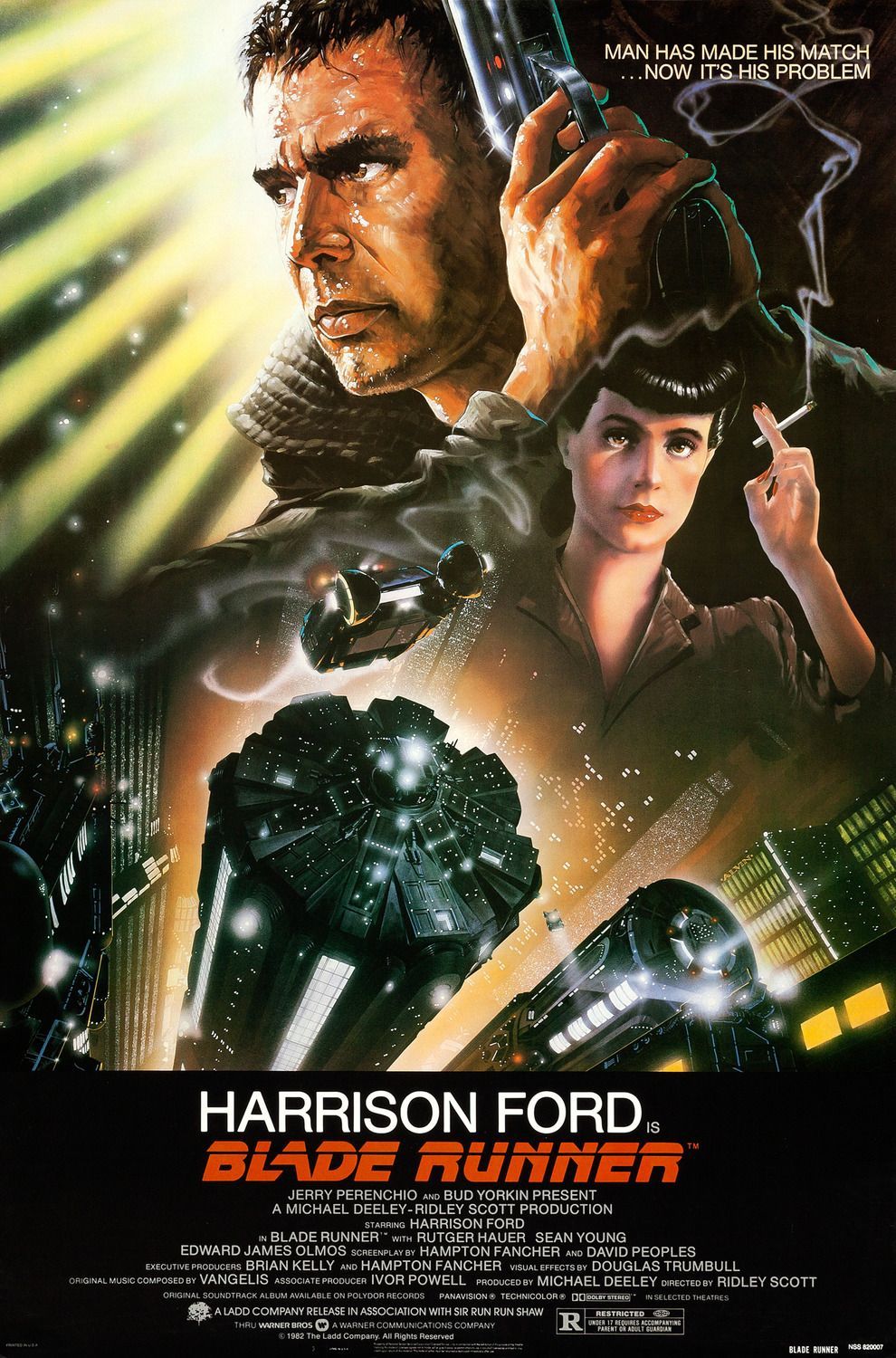
- Release Date
-
June 25, 1982
- Runtime
-
117 minutes
- Director
-
Ridley Scott
